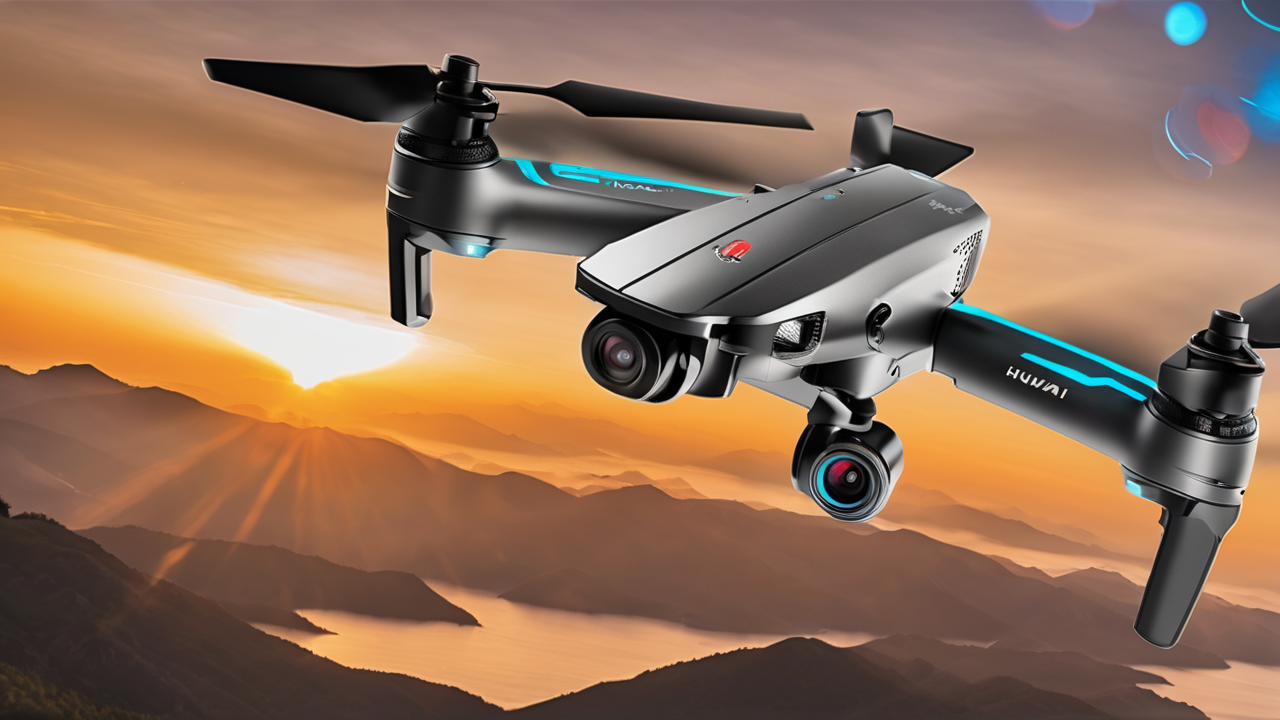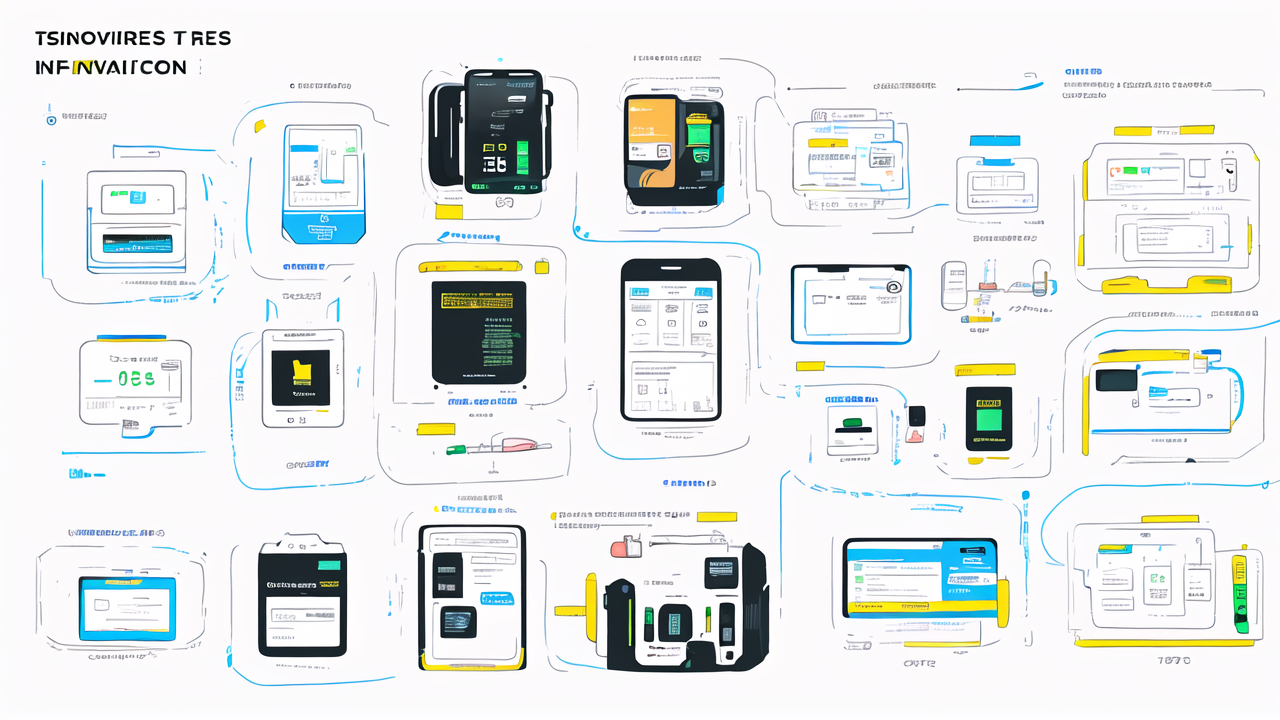Understanding the Landscape of Walkie-Talkies in the United States
Key Features to Look for in a Long Range Walkie-Talkie
When searching for long range walkie-talkies, several key features stand out. Range is crucial, with top models offering up to 35 miles in ideal conditions. Battery life is also important, as longer-lasting devices ensure reliable communication. Look for units with rechargeable batteries or those that accept standard AA batteries for convenience.

Water resistance is vital for outdoor use. Many quality walkie-talkies are rated IPX4 or higher, providing protection against splashes and rain. Multiple channels and privacy codes are essential for clear communication in busy areas. Some models offer up to 50 channels and over 100 privacy codes.
Voice activation (VOX) is a handy hands-free feature for some users. Lastly, consider additional features like built-in flashlights, SOS signals, and weather alerts for enhanced functionality and safety.
The Evolution of Walkie-Talkie Technology and User Preferences
Walkie-talkie technology has come a long way since its inception. Early models were bulky and limited in range. Today's devices are compact, lightweight, and packed with features. Digital technology has improved sound quality and range, while also reducing interference.
User preferences have shifted towards more versatile devices. Many now seek walkie-talkies that can integrate with smartphones or offer GPS functionality. Some advanced models even allow for text messaging and photo sharing.
Durability remains a key concern for users, especially those in rugged environments. Manufacturers have responded with more robust designs and improved water and dust resistance. The trend towards eco-friendly options has also grown, with many users preferring rechargeable models to reduce battery waste.
Regulatory Considerations for Walkie-Talkies in the US Market
In the United States, the Federal Communications Commission (FCC) regulates walkie-talkies. Most consumer models operate on the Family Radio Service (FRS) or General Mobile Radio Service (GMRS) frequencies. FRS devices are license-free and limited to 0.5 watts of power.
GMRS walkie-talkies can transmit at higher power levels, up to 50 watts, but require a license. The FCC recently changed rules to allow combined FRS/GMRS devices. However, using the GMRS frequencies still requires a license.
It's important to note that some features, like voice scrambling, are not allowed on FRS channels. Users should also be aware of channel restrictions. Channels 8-14 are shared between FRS and GMRS, while others are exclusive to each service.
Expert Recommendations for Long Range Walkie-Talkies
Top Picks for Long Range Communication Devices
Experts consistently recommend several models for long range communication. The Midland GXT1000VP4 is often praised for its 36-mile range and 50 channels. It's also waterproof and includes weather alerts.

The Motorola T600 H2O is another top pick, offering excellent water resistance and a 35-mile range. It even floats, making it ideal for water activities. For budget-conscious users, the Cobra ACXT645 provides good range and features at a lower price point.
For professional use, many experts suggest the BaoFeng UV-5R. While it requires a license, it offers exceptional range and versatility. The Uniden SX377-2CKHS is another strong contender, with a 37-mile range and a unique charging cradle design.
Balancing Cost and Quality: A Buyer's Guide
When balancing cost and quality, experts advise focusing on essential features first. A good range and reliable battery life should be priorities. Water resistance is important for outdoor use, but full waterproofing may not be necessary for all users.
Mid-range models often offer the best value. They typically provide a good balance of features without the premium price of top-end units. Consider the intended use carefully. Occasional campers may not need the same features as daily users.
Don't be swayed by marketing claims alone. Real-world range is often less than advertised due to terrain and obstacles. Reading user reviews can provide insights into actual performance. Lastly, consider the cost of accessories like extra batteries or chargers when comparing prices.
Innovative Features That Enhance User Experience
Modern walkie-talkies come with innovative features that enhance user experience. Some models offer Bluetooth connectivity, allowing users to pair the device with a smartphone. This enables features like app-based programming and GPS tracking.
Noise cancellation technology is another valuable feature, especially in loud environments. It helps ensure clear communication even in challenging conditions. Some advanced models offer group call features, allowing users to communicate with multiple parties simultaneously.
Emergency features are becoming more common. These include SOS signals, built-in flashlights, and automatic weather alerts. Some units even offer location sharing, a valuable safety feature for outdoor enthusiasts.
Leveraging Expert Insights to Maximize Your Walkie-Talkie Purchase
How to Evaluate a Walkie-Talkie's Performance and Reliability
Experts suggest several methods to evaluate walkie-talkie performance. First, test the range in various environments. Urban areas may significantly reduce range compared to open fields. Check battery life under normal usage conditions, not just standby time.

Assess audio quality in different settings. A quiet room doesn't reflect real-world conditions. Test in noisy environments to gauge clarity. Durability is crucial, especially for outdoor use. Look for robust construction and good water resistance ratings.
Reliability often correlates with brand reputation. Research customer experiences and professional reviews. Pay attention to reports of consistent performance over time. Lastly, consider the warranty and the manufacturer's track record for honoring it.
The Importance of After-Sales Support and Customer Service
After-sales support can make or break the user experience. Look for brands with responsive customer service. Quick resolution of issues and clear communication are key indicators of good support.
Availability of spare parts and accessories is important for long-term use. Some brands offer better support for repairs and replacements. Check if the manufacturer provides firmware updates. These can improve performance and add new features over time.
User manuals and online resources can greatly enhance the user experience. Clear, comprehensive guides and troubleshooting tips are valuable. Some brands offer community forums or expert advice lines, which can be helpful for solving problems.
Future-Proofing Your Walkie-Talkie Investment
To future-proof your investment, consider models with software update capabilities. This allows for potential feature additions and bug fixes. Look for walkie-talkies with expandable functionality, such as the ability to add external microphones or speakers.
Compatibility with other communication systems can extend the life of your device. Some models can integrate with cell phones or other radio systems. Consider the ecosystem of accessories and add-ons available for the model you choose.
Lastly, think about emerging technologies. While not yet common, features like digital encryption or data transmission capabilities may become more important in the future. Choosing a brand known for innovation can help ensure your device remains relevant for years to come.


